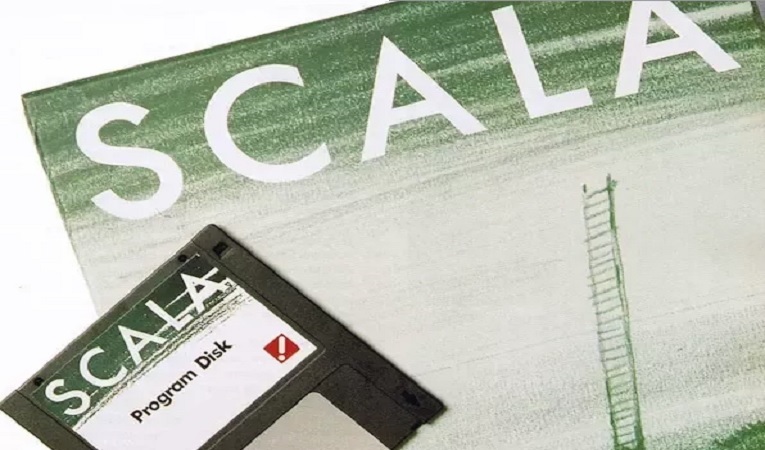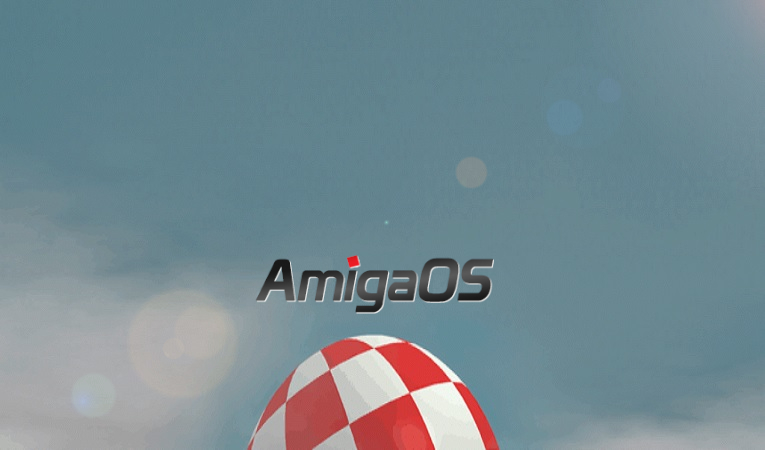
In the 1980s and 1990s, the Amiga fostered a thriving ecosystem of professional software, offering a wide range of applications for industries such as desktop publishing, video production, music composition, 3D modeling, and more. These professional programs leveraged the Amiga’s unique capabilities, pushing the boundaries of what was possible in terms of creativity and productivity. In this opinion piece, we will delve into the world of professional software for the Commodore Amiga, exploring its impact, versatility, and enduring legacy. The Amiga’s foray into professional software can be attributed to its impressive hardware specifications and powerful operating system. The platform’s custom chipset, including the Agnus, Denise, and Paula chips, provided exceptional graphics and sound capabilities that made it an ideal choice for multimedia applications. The multitasking capabilities of the Amiga’s operating system also allowed users to run multiple applications simultaneously, enhancing productivity and workflow efficiency.

One of the key areas where the Amiga excelled was desktop publishing. The platform offered several professional desktop publishing applications, such as PageStream and Professional Page, that allowed users to create professional-quality print materials, including brochures, magazines, and newsletters. These applications leveraged the Amiga’s superior graphics capabilities and supported features like vector graphics, font manipulation, and precise layout control. The Amiga also made significant contributions to the world of video production. Applications like Scala, Deluxe Paint, and Personal Animation Recorder (PAR) enabled users to create stunning animations, visual effects, and video presentations. The platform’s real-time video capabilities, such as genlock support, allowed seamless integration of computer-generated graphics with live video feeds. This made the Amiga a preferred choice for video editing, titling, and special effects in both professional and amateur settings.
![]()
In the field of music composition, the Amiga boasted an array of powerful tools and software. Music trackers like OctaMED and ProTracker became immensely popular, offering musicians and composers a platform to create intricate compositions and catchy tunes. The Amiga’s built-in sound chip, known as the Paula chip, provided high-quality four-channel stereo sound, making it a favorite among musicians and audio enthusiasts. The platform also saw the emergence of innovative software synthesizers and MIDI sequencers, such as Bars & Pipes, that expanded the possibilities for electronic music production. Another area where the Amiga left its mark was 3D modeling and animation. Applications like Imagine, Sculpt 3D, and LightWave 3D pushed the boundaries of computer-generated imagery (CGI) and brought professional-grade 3D modeling and rendering to the platform. These applications harnessed the Amiga’s graphical capabilities, allowing users to create stunning visualizations, architectural designs, and animated sequences. The Amiga’s ability to render complex scenes in real-time made it a viable choice for industries such as architecture, industrial design, and visual effects.

Moreover, the Amiga’s versatility extended to other professional domains as well. It offered software for CAD (Computer-Aided Design), allowing engineers and designers to create precise technical drawings and schematics. It provided software for scientific visualization, aiding researchers in visualizing complex data sets and simulations. The Amiga even found its way into the medical field, with software like ImageFX facilitating medical imaging and analysis. The availability of professional software on the Amiga platform was further bolstered by the dedicated developer community and third-party support. Independent software developers and small studios recognized the potential of the Amiga and created a wide range of applications tailored to specific professional needs. Companies like NewTek, Electronic Arts, and Gold Disk became key players in the Amiga software market, providing high-quality applications and tools for professionals.

The impact of professional software on the Amiga cannot be underestimated. It elevated the platform beyond being just a gaming machine and positioned it as a serious contender in the professional computing arena. The Amiga’s unique combination of powerful hardware, multitasking capabilities, and innovative software made it a compelling choice for professionals seeking a cost-effective and versatile platform. However, despite its strengths, the Amiga faced challenges in the professional software arena. The dominance of larger computing platforms like the Macintosh and IBM PC, coupled with the Amiga’s declining market share, limited the reach and visibility of its professional software offerings. As the computing industry became increasingly standardized around these platforms, many developers shifted their focus and resources away from the Amiga, resulting in a decline in the availability of new professional software.

Despite these challenges, the legacy of professional software on the Amiga remains strong. The creative output and pioneering work achieved with Amiga-based professional applications continue to be celebrated and cherished by enthusiasts and professionals alike. Emulation projects and preservation efforts ensure that these applications and the work created with them are accessible to future generations. The Commodore Amiga’s professional software ecosystem left an indelible mark on the computing industry. The platform’s advanced hardware, multitasking operating system, and unique capabilities made it an attractive choice for professionals across various industries. The range of applications available for desktop publishing, video production, music composition, 3D modeling, and other domains showcased the Amiga’s versatility and contributed to its enduring legacy. While the Amiga faced challenges in maintaining its market share and developer support, its impact on professional software cannot be overstated. The Amiga’s professional software offerings remain a testament to the platform’s technological prowess, creative potential, and the dedicated community that embraced it as a powerful tool for professional endeavors.













